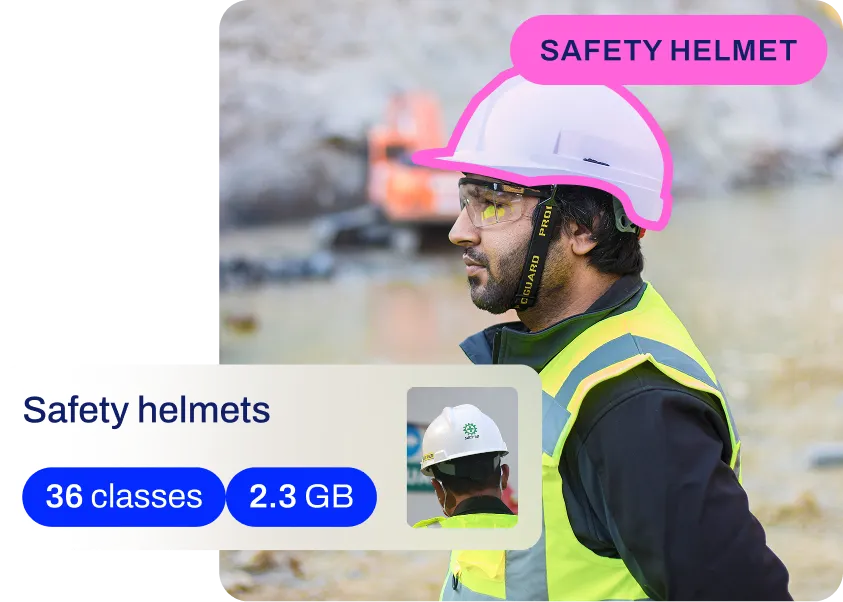Data Analytics
Discover how data analytics drives AI and ML success by optimizing data quality, uncovering insights, and enabling smart decision-making.
Data analytics is the systematic process of inspecting, cleansing, transforming, and modeling data to discover useful
information, inform conclusions, and support decision-making. In the realm of
artificial intelligence (AI) and
machine learning (ML), data analytics serves as
the critical foundation that enables raw information to be converted into high-performance models. By rigorously
examining training data, developers can uncover
hidden patterns, identify dataset bias, and determine
the most effective features for training.
The Analytics Lifecycle in AI
The journey from raw data to actionable insights typically involves several key stages. It begins with
data preprocessing, where raw datasets are
cleaned to handle missing values and inconsistencies, often using libraries like
Pandas for efficient manipulation. This is followed by
feature engineering, where raw attributes are
transformed into meaningful inputs for a model.
Analytics in this context is often categorized into four types, as outlined by institutions like
Harvard Business School:
-
Descriptive Analytics: Looks at historical data to understand what happened (e.g., analyzing past
model accuracy).
-
Diagnostic Analytics: Examines why it happened (e.g., diagnosing
overfitting).
-
Predictive Analytics: Uses statistical models to forecast future outcomes (e.g.,
predictive modeling for sales).
-
Prescriptive Analytics: Suggests actions to take based on predictions (e.g., automated stock
replenishment).
For computer vision (CV) specifically, analytics
helps engineers understand class distributions and object properties. You can use the ultralytics library
to quickly explore dataset statistics.
from ultralytics.data.explorer import Explorer
# Initialize Explorer with a standard dataset like COCO8
exp = Explorer(data="coco8.yaml")
# Generate and print statistics to understand class distribution
stats = exp.stats()
print(stats["class_distribution"])
Real-World Applications
Data analytics drives innovation across numerous industries by informing the development of intelligent systems:
-
Medical Image Analysis:In healthcare, analytics is vital for processing complex imaging datasets such as the
Brain Tumor dataset. Researchers use
analytics to correlate image features with patient outcomes, enhancing diagnostic tools. The
National Institutes of Health (NIH) emphasizes the role of data science
in advancing precision medicine. By analyzing these datasets,
YOLO11 models can be trained to perform tasks like
tumor detection
with high sensitivity.
-
AI in Retail:Retailers leverage
analytics to optimize supply chains and personalize customer experiences. By applying
object detection to video feeds, businesses
can track inventory levels in real-time. Platforms like
Google Cloud for Retail integrate these analytics to
predict demand and reduce waste. This data-driven approach allows for smarter inventory management and improved
operational efficiency.
Distinguishing Related Concepts
-
Data Visualization: While
analytics is the broad process of finding insights, visualization is the specific practice of representing those
findings graphically. Tools like Tableau are often used within the
analytics process to present data in charts or dashboards, making complex
metrics like
mean Average Precision (mAP) easier to
understand.
-
Data Mining: This is a specialized
subset of analytics focused on discovering previously unknown patterns in massive datasets. As defined by
Oracle, data mining often uses automated methods
to sift through "Big Data," whereas general analytics may also involve manual hypothesis testing on
smaller sets.
-
Machine Learning (ML): ML
models are the engines that learn from data. Analytics provides the fuel by preparing high-quality data and defining
the problem space. While analytics focuses on interpreting data to gain insights, ML focuses on
using data to make autonomous predictions or decisions.












